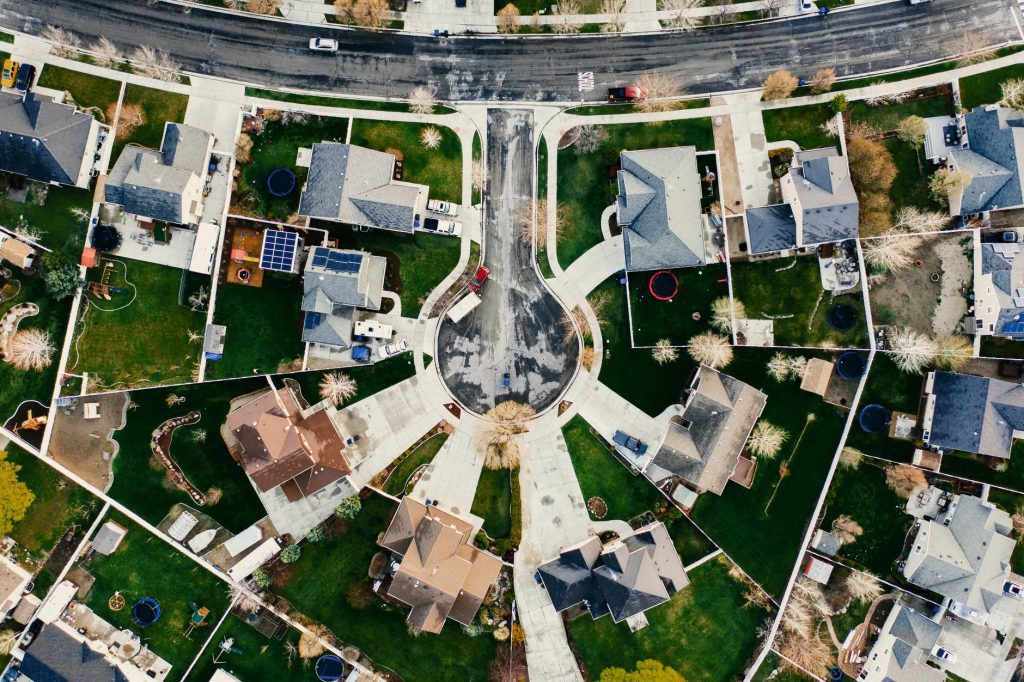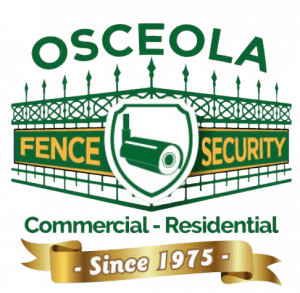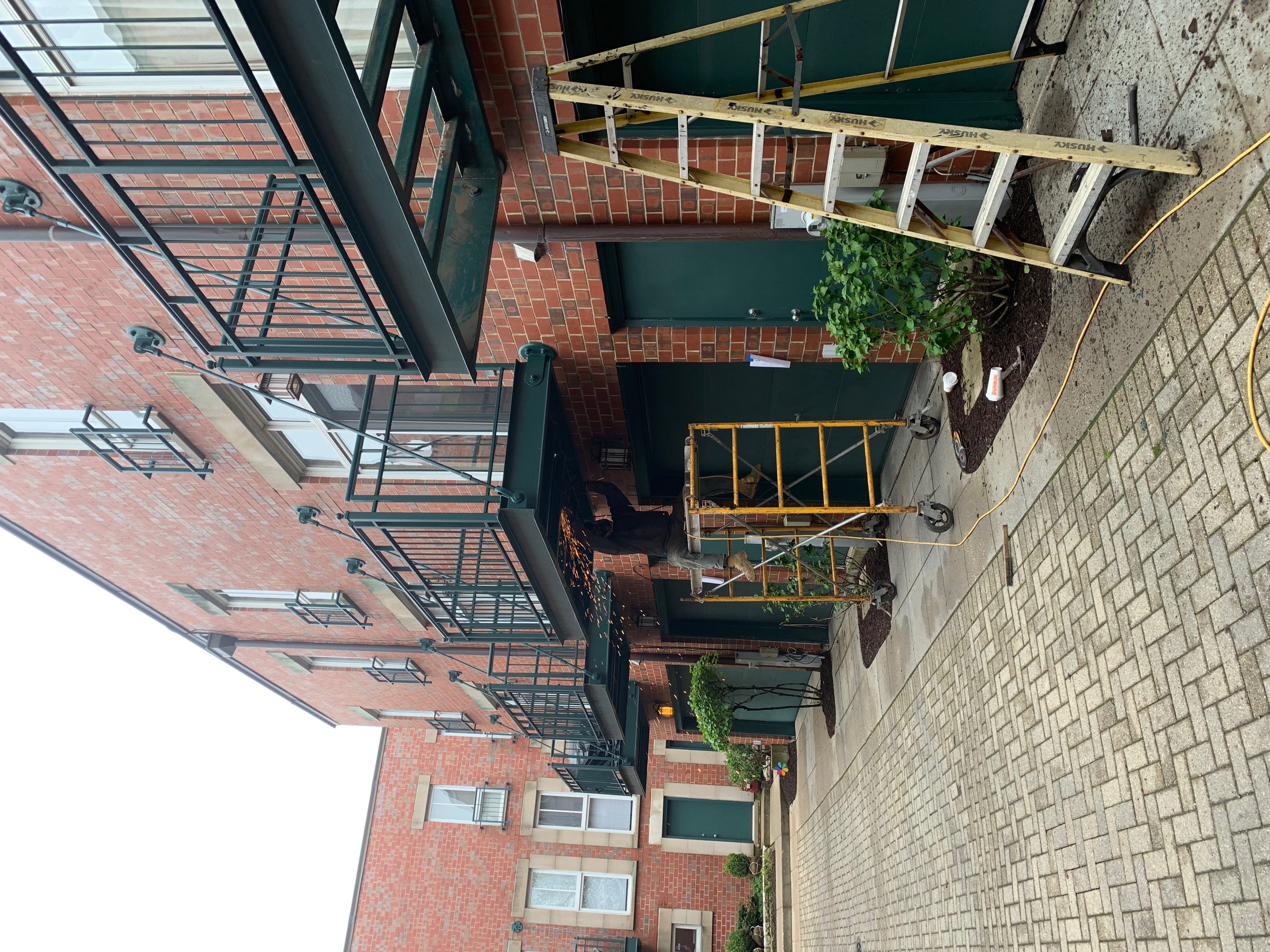Homeowners Associations and Fences
As you know, Homeowners Associations in Chicago are big. Living in one is pretty good. But, there might be some limitations when it comes to building projects. If you’re part of one, it is important to be informed about every regulation you need to comply with. Not only the city’s but the association as well. Building a fence in one isn’t impossible but you need to be prepared. Today we tell you all about homeowners associations and fences. Learn everything you need before starting your building project at home.
Things to consider
Living in an HOA (Homeowners Association) is good. There are a lot of people around and the community tends to be tight. However, when it comes to building, there can be some restrictions. The first and most important is the board’s approval. If you want to build something, they need to approve it first. It doesn’t matter how big or small the project is. You need the board to give you the go-ahead before anything happens. Beyond that, you need to use materials that are allowed by the board. Materials that go against the place’s architecture will not be good. So always look for the HOA’s requirements before installing anything.

Prepare ahead of time
Once you’ve considered all the above things, it is time to start planning. If you’ve been given the go-ahead, then it is time to get the permits ready. Most fence companies can guide you in the right way. But, beyond the HOA’s rules, you also need to comply with the city’s ordinances. As well as the buildings. Check which one you need before installing your fence. The great thing about fence companies is that they know all the processes. So for homeowners associations and fences, they got you covered.
Call if you want more information about fence installation in an HOA.





